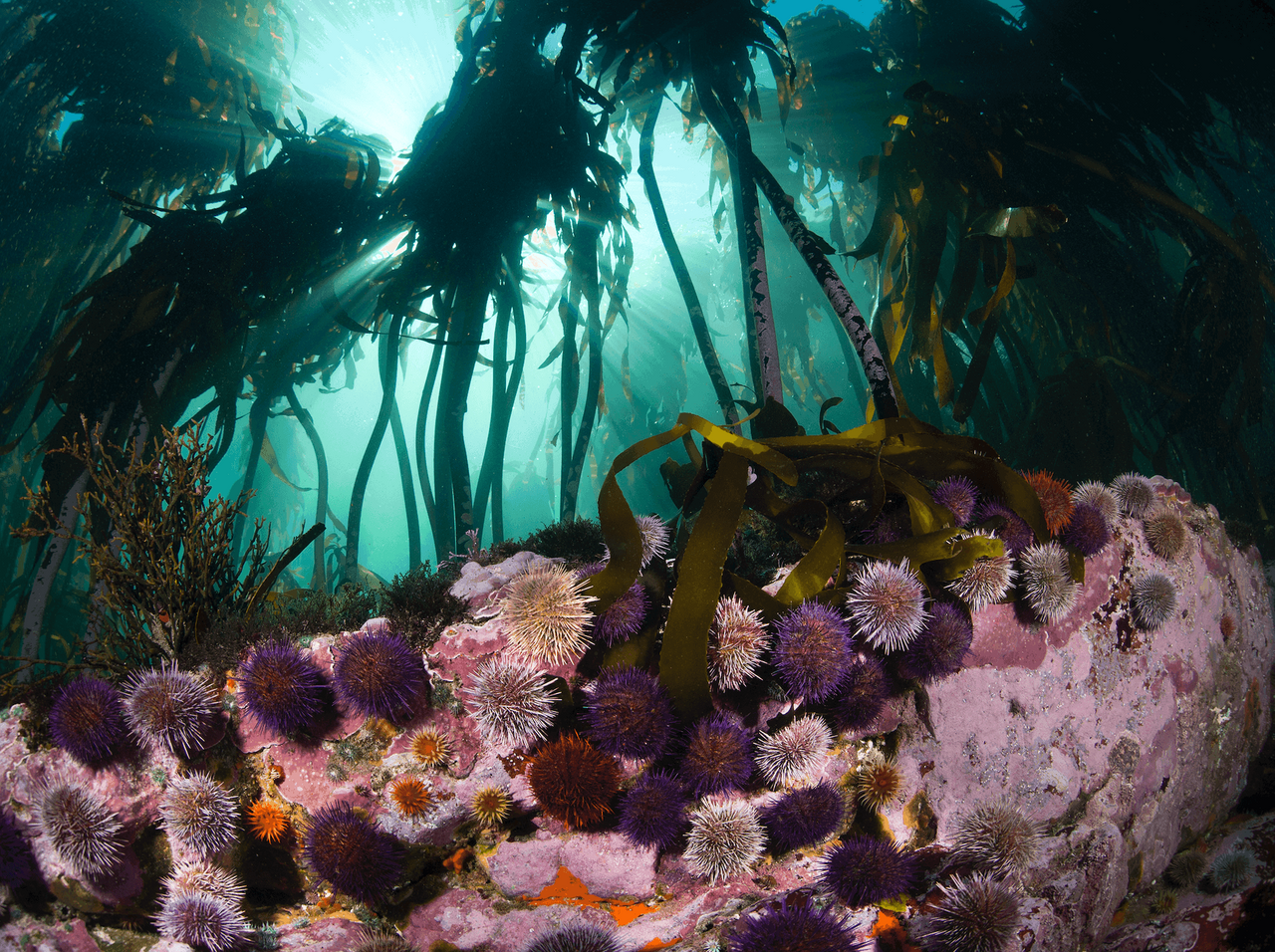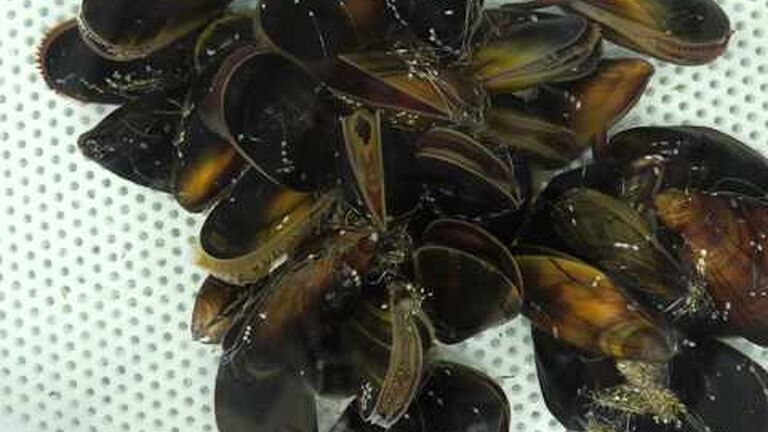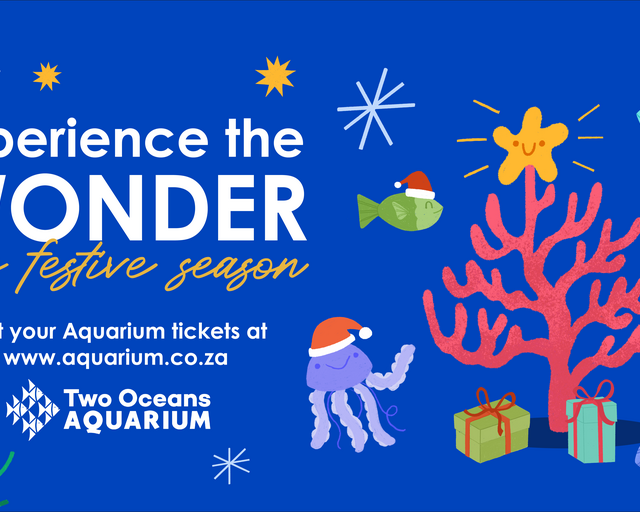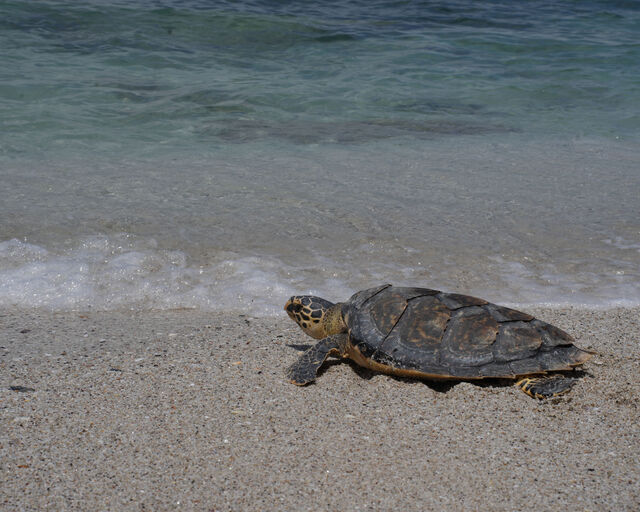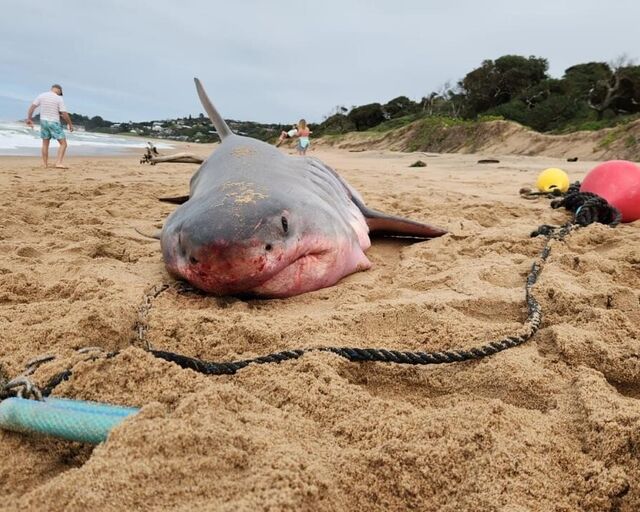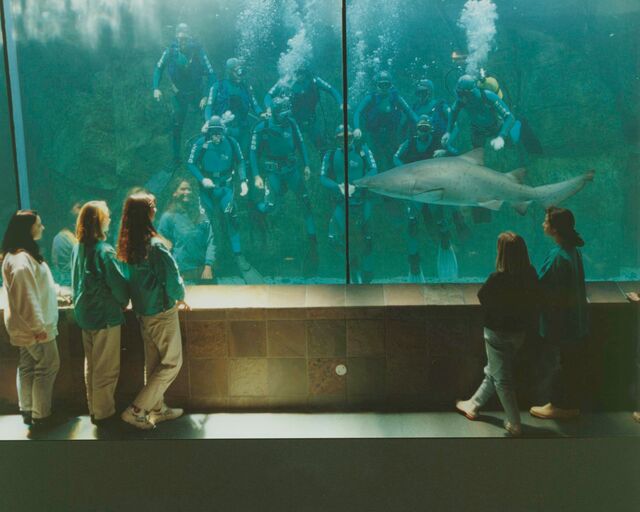This is a time not only about keeping our physical distance and living in lockdown, but also about community, sharing and caring for others – there are examples around the world of communities and neighbours coming together to support one another in different ways. The Italians singing from their balconies is just one example of many. For some people this time has opened up opportunities to think about others, to share and to break down some of the barriers, some physical and some not, which exist between people. In South Africa, many people already live with a community spirit and there is much to be learned from them. How has your community or neighbourhood come together in unexpected ways… any act big or small? One of my neighbours made chilli chutney and left a bottle at each gate in our street.
"Every evening of the lockdown, someone in my neighbourhood plays this on a loudspeaker, and everyone cheers and claps, yahoos and wahoos, people bang pots and pans, someone plays a vuvuzela, houses flash their lights at each other across the valley. I now look forward to it every evening - we all stand together." - Alison, Glencairn
"Yesterday our neighbour downstairs sang a song out his window, it felt like a holy moment. I saw a post recently saying how we are all turning to music and Netflix and books and apps to get us through and that we should remember how during this dark time it was the artists that gave us hope. On Sunday another neighbour live streamed his piano playing to a group of friends for meditation and worship – which was very beautiful." - Rebekah, Woodstock
"Three of us in our street stood outside our houses and sang the national anthem. We exchanged phone numbers and one of the neighbours emphasised that they are happy to shop for us!" - Shona, Fish Hoek
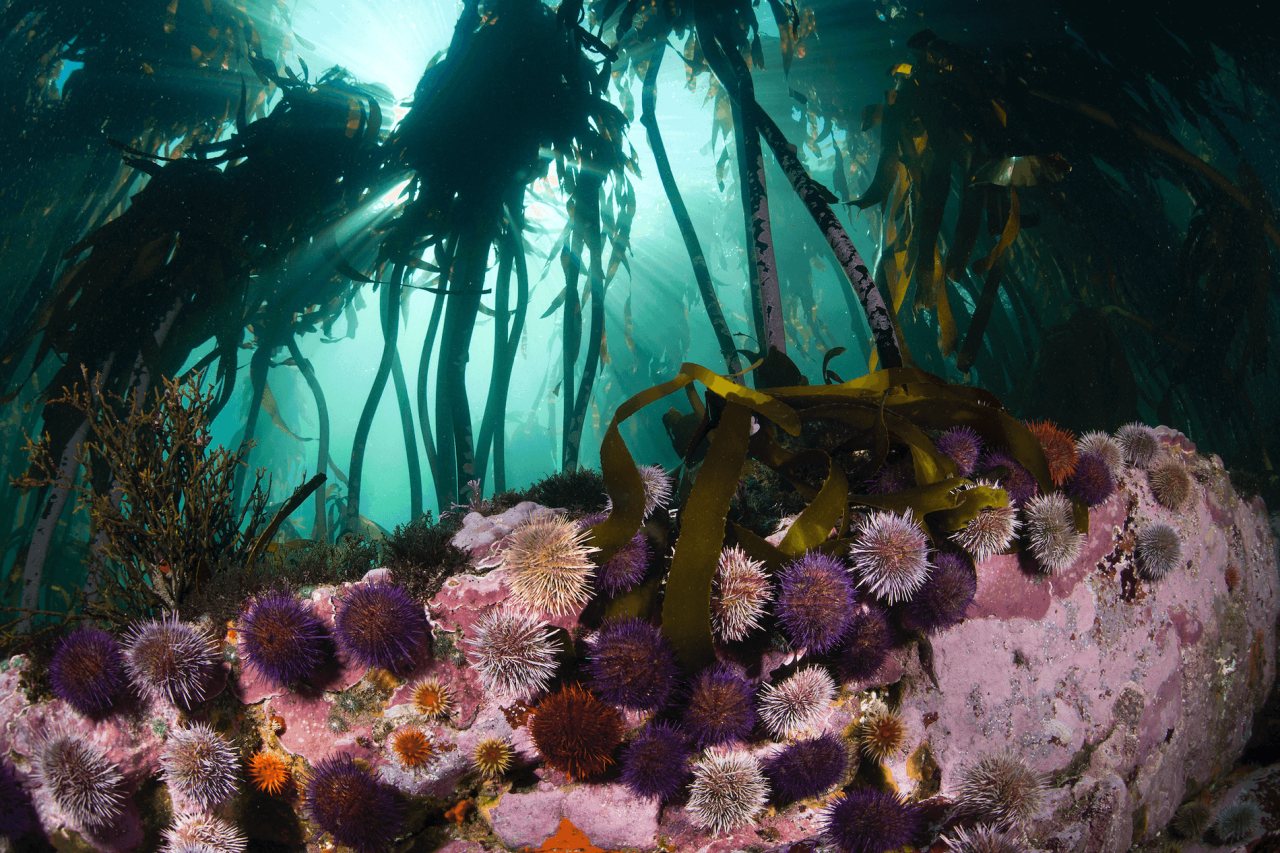
There are plenty of examples of animals living in and benefiting from community - in fact, the animal world does this really well by living in ecosystems. An ecosystem is “a community of living organisms in conjunction with the non-living components of their environment, interacting as a system”. In such an ecosystem everything is interdependent on everything else for survival.
A great example of community living is found right off our shore in the great African kelp forest. A wide diversity of creatures live in the jungle of stems and fronds of the kelp forests that are prolific off our west coast.
Sea urchins and rock lobsters are some of the animals that feed and take cover amongst the root-like holdfasts of the kelp. Cape sea urchins live in vast numbers on shallow reefs where they graze on kelp and algal debris. They provide important nurseries for abalone (perlemoen) – the spines of the urchins protect juvenile abalone from predators such as octopus, klipfish and rock lobsters.
Remember - take the Marine Masterminds quiz at the end of this blog to add your name to the leaderboard.
All mussels on board
Ever wondered why you see clumps of mussels all tightly packed together on the rocky intertidal zone? The intertidal zone is one of the harshest places to live - here, the animals and plants have adapted to live under extreme circumstances, being submerged twice a day and being exposed twice a day. When they are submerged, they are subjected to severe wave action. When they are exposed, they have to withstand the blazing sun and other elements like the wind.
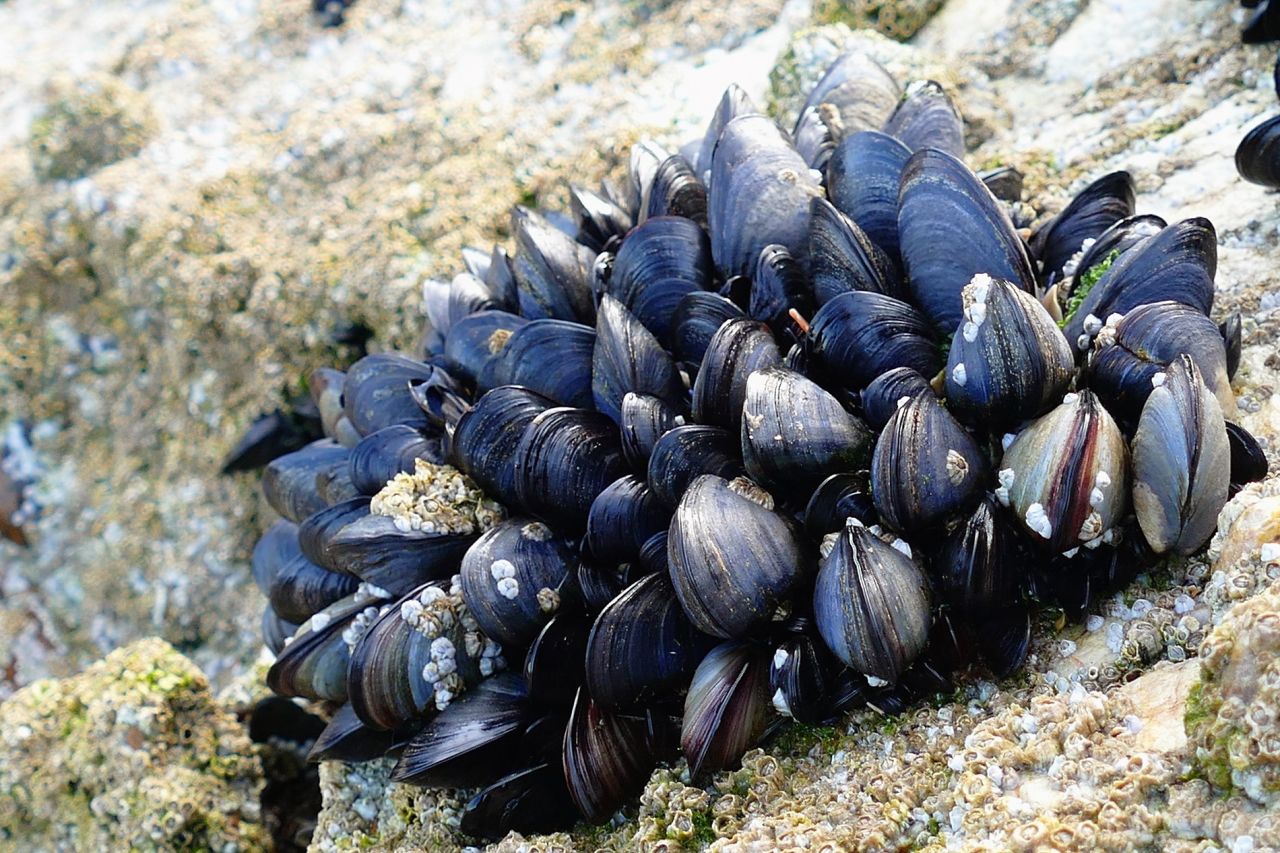
Mussels live in dense concentrations so that moisture is trapped in the mussel bed while the tide is out and also to protect individual mussels against heat and wave stress, and of course predators. Group living also has benefits for reproduction – mussels are ‘broadcast spawners’ – they release their eggs and sperm into the water, so the closer the animals are to one another, the better the chance of fertilisation taking place and babies being made!
All in one, for one
A common sight on the beaches of South Africa is stranded blue bottles, which are incorrectly referred to as jellies. Bluebottles and Portuguese man-of-war are not true jellies, although they belong to a related group (the Cnidaria). The Portuguese man-of-war is so named as the early English sailors (circa 1400) thought it looked similar to a caravel, a small ship used by the Portuguese to explore the seas.
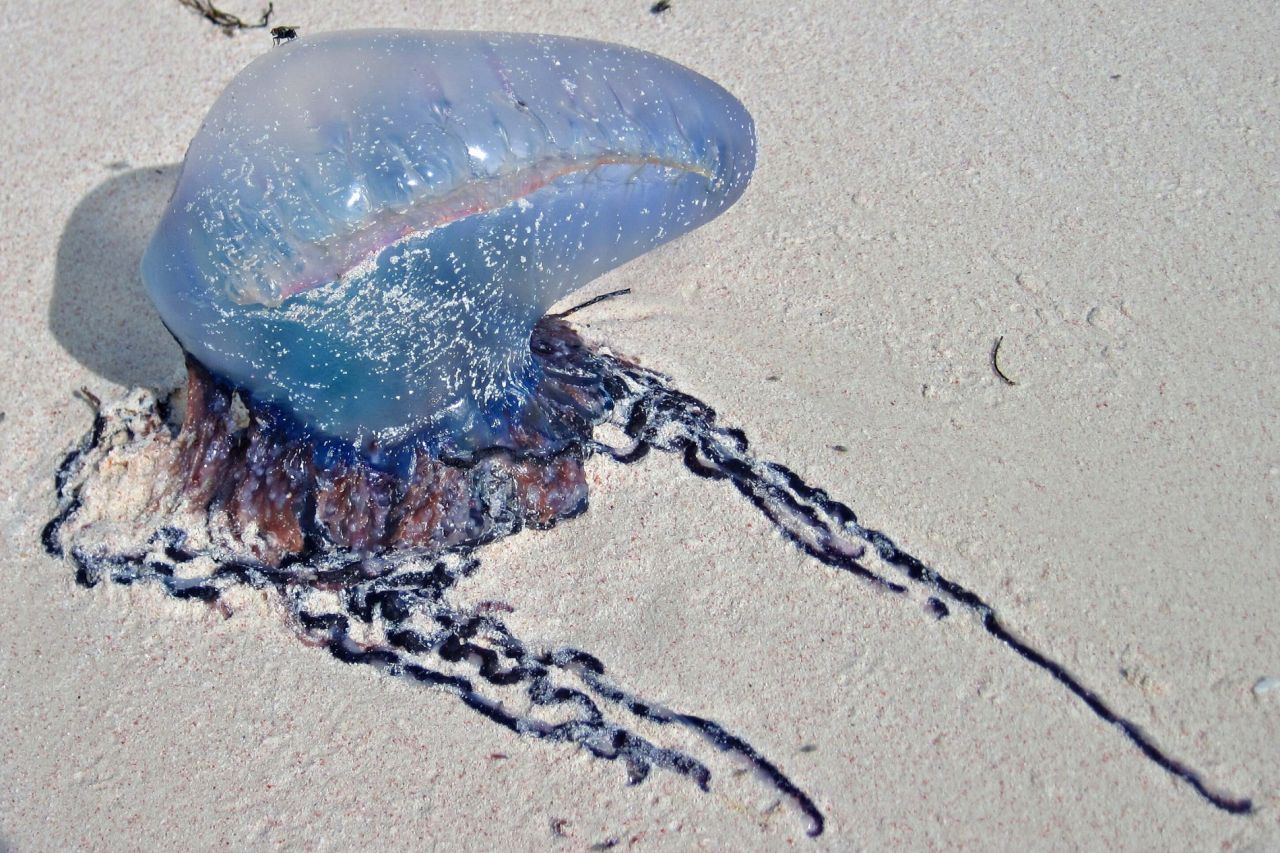
Although many people think that these are single animals, both are actually colonies of individual polyps living together as a single unit (a commune). There can be up to a thousand individuals living together in this manner, each dependent on the other and acting as a single animal. In order to simplify this unique living arrangement, it is easy to think of each individual as a ‘person’. There are four different types of ‘persons’, each fulfilling a particular role.
One ‘person’ acts as the float, which is inflated with gas and acts as a sail. Some species are able to regulate the gas content of the float so that the colony can sink beneath the surface of the water should it encounter stormy seas.
The second type of ‘person’ is the tentacles, some of which are larger than others. The tentacles can reach lengths of between 3 and 30 m when fully extended. The tentacles are used as defence mechanisms as well as to capture food.
The third kind of ‘person’ is the sexual organs. These hang down between the tentacles. The man-of-war is either male or female, but no one is quite sure how reproduction takes place.
Then there are the ‘stomach-persons’. The man-of-war has many stomachs to digest food. Each stomach is like a bag with a mouth at the end of it. If the prey is relatively large, the ‘stomach-persons’ attach their mouths to the prey like suckers. They cover the entire body and then secrete digestive juices, which absorb the food. The Portuguese man-of-war tends to feed at night when many animals move closer to the surface of the ocean.
Feeding in community
Humpback whales and dolphins hunt and feed in communal ways. In some instances dolphins have developed a hunting technique in which one dolphin slaps the water with its tail, making fish literally jump out of the water into the mouths of other dolphins lying in wait for the catch.
Another example of cooperative hunting is where one dolphin drives fish towards several other dolphins that have formed a barrier with their bodies. As the fish collide with the ‘barrier’ the driver dolphin swims alongside and scoops up the fish. This kind of hunting, where each animal has a very specific role, had not been seen before until this study was published in 2005.
Humpback whales hunt together by creating bubble nets – a group of whales will herd the fish while one of the whales blows a net of bubbles to trap the fish and prevent them from escaping. A unique strategy was discovered off Vancouver Island in which humpback whales ‘worked’ with birds in order to ‘trap-hunt’. The whales hung out with diving birds and, as the birds hunted, the fish would move towards the ‘protection’ of the whale’s body, only to be sucked into its open mouth!
Even fish take care of each other
Studies have shown that pairs of rabbitfish work together while feeding – one stays on guard, looking out for its partner while it feeds. This kind of reciprocal cooperation was a surprise to the scientists as it requires cognitive and social skills that were thought to exist only in mammals and some birds. According to one of the scientists, Dr Brandl, “By showing that fishes, which are commonly considered to be cold, unsocial, and unintelligent, are capable of negotiating reciprocal cooperative systems, we provide evidence that cooperation may not be as exclusive as previously assumed."

Communal or symbiotic living
There are plenty of examples of communal living in the marine world, including mutualism and commensalism. In mutualistic partnerships, both parties benefit from the relationship whereas in commensalism only one party benefits but there is no impact on the other party.
Mutualism – Anemone and clownfish
Whilst most sea creatures avoid anemones because of the stinging cells in their tentacles, pairs of clownfish live closely with anemones in a mutually beneficial partnership – which can last a lifetime!
Anemones have poisonous barbs in their tentacles that fire on contact, injecting poison into their prey. To protect themselves anemones secrete a special slime, which prevents the stinging cells on one tentacle from firing when they come into contact with other tentacles or with the anemone’s body! Clownfishes have to trick the anemone into accepting them by darting amongst the tentacles until they have covered themselves with enough protective slime from the anemone.
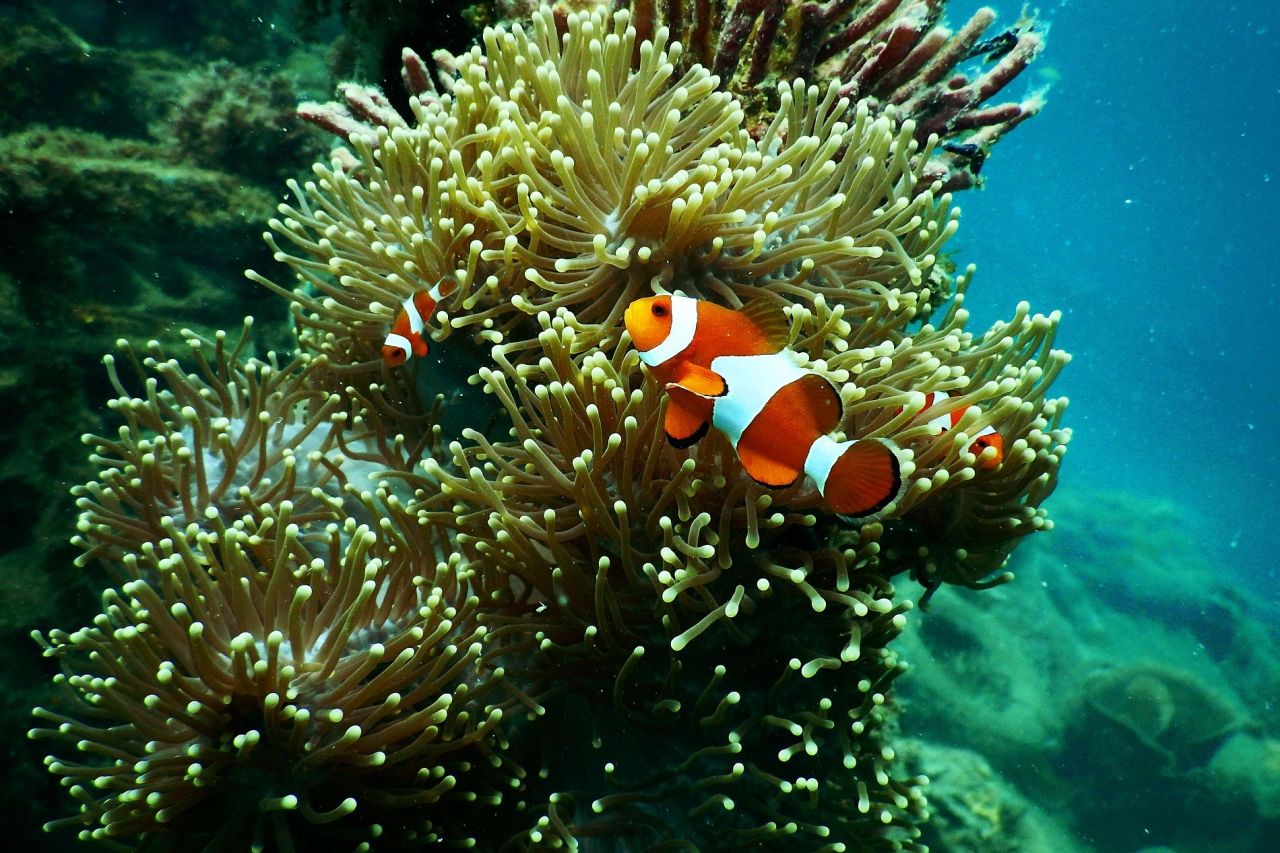
Once protected by the slime, the clownfishes are able to swim freely in and around the anemone. In this way, they are protected from predators. The clownfishes protect their host anemone by aggressively chasing away butterflyfishes and other predators that eat anemones.
Sponge crabs
Shaggy sponge crabs are covered in an amazing shaggy coat of long, stiff, brown hairs. They often carry sponge or seaweed on their backs. The crabs use their claws to trim and tailor-make the sponge to fit their bodies. The sponge grows with the crab, providing the crab with constant shelter, while receiving food as the crab moves around.
Commensalism – barnacles and whales
It is no skin off a whale’s back to provide a home for barnacles. While the whale receives no benefit at all, the barnacles, being filter feeders, can feast to their heart’s content as their host swims through plankton-rich waters. Of course, the barnacles also receive protection from their gentle giant guardians of the deep.
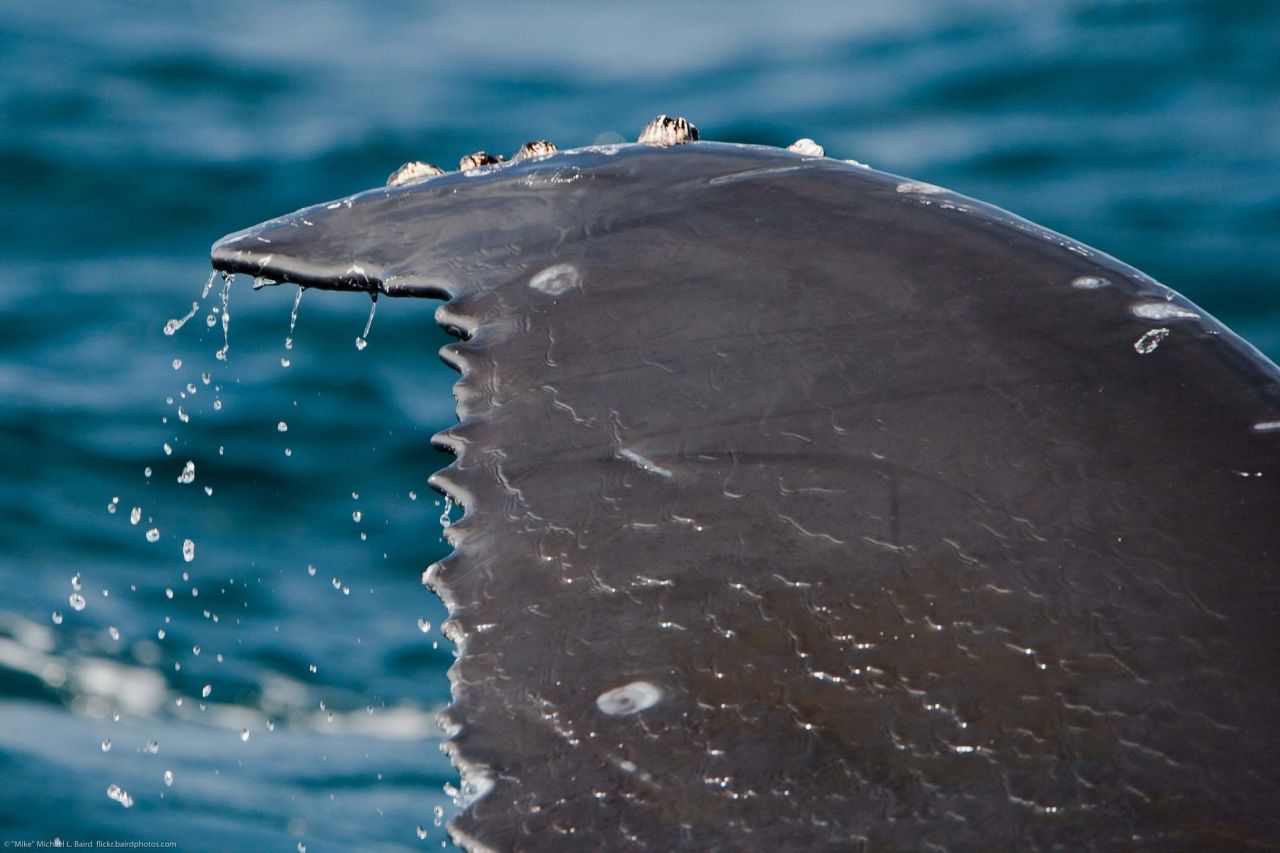
As humans we can choose how to act during times of crisis and to show solidarity and unity through acts that benefit our communities. We can choose to hoard our resources or to share what we have with others. We can make donations to assist those in desperate need at this time. We can choose to lock ourselves away from the world with hardened hearts or we can keep our hearts open and say “Hello, how are you doing today?” to our neighbour on the other side of the fence or wall.
Ready for a quiz?
Simply answer five quick questions about the blog you just read and join the Marine Masterminds leaderboard. Climb the leaderboard and you could win amazing prizes - Two Oceans Aquarium annual memberships, Penguin Experiences and day tickets are all up for grabs. Good luck!
